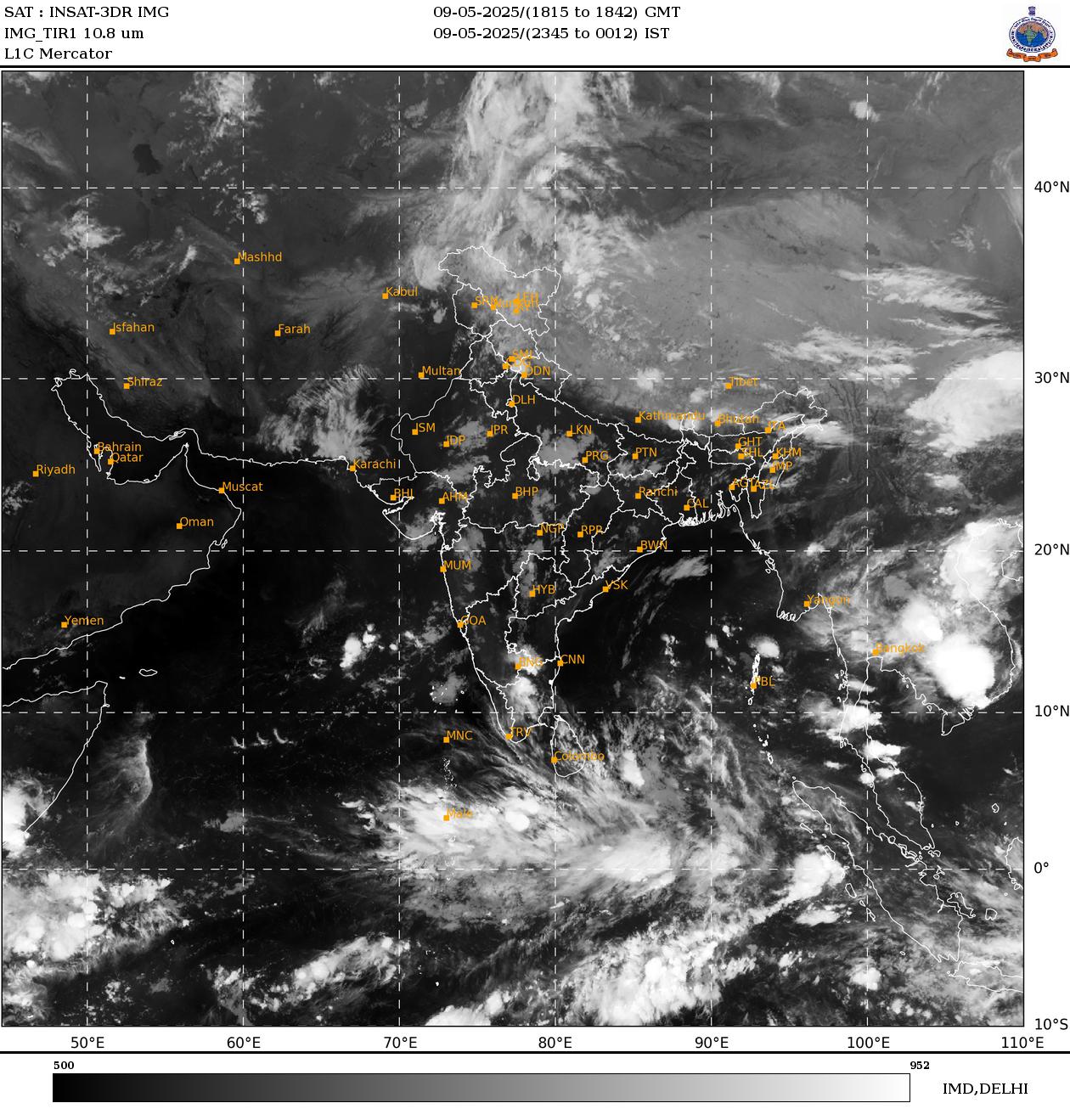Sustainable EU–East Asia textile trade is becoming fashionable fast
 The European Union has released new trade policies and requirements for exporting textiles to the EU market — policies that have been accused of trade protectionism. Among them, the June 2022 EU Strategy for Sustainable and Circular Textiles (EUSSCT) is likely to significantly impact East Asian textile makers, who supply over 70 per cent of the European Union’s textiles. -
The European Union has released new trade policies and requirements for exporting textiles to the EU market — policies that have been accused of trade protectionism. Among them, the June 2022 EU Strategy for Sustainable and Circular Textiles (EUSSCT) is likely to significantly impact East Asian textile makers, who supply over 70 per cent of the European Union’s textiles. -
November 23, 2023 Within the EUSSCT, a series of environmental regulations stipulate that by 2030, companies trading clothing and apparel with the European Union must adhere to standards regarding durability, the absence of hazardous substances and the predominant use of recyclable materials. This strategy is expected to serve as the foundational plan for the evolution towards more sustainable consumption of clothing and apparel by EU member states. In doing so, the European Union could be a pioneer in enforcing its commercial partners to adopt sustainable manufacturing.
Garment, textiles and footwear sectors remain a critical contributor to Asian economies, generating around 60 million jobs for the region and indirect employment for millions more. The textile industry is still growing in most East Asian countries, with the fastest growth rates recorded in China, Indonesia, Vietnam and Cambodia. The region is the production hub for heavyweights of the European fast fashion industry like Nike, Zara, C&A and H&M. Textiles are the fourth largest burden on the environment stemming from European consumption.
The East Asian region is the main garment producer in the world — playing a key role in the textile and garment supply chain. In 2019, the region made up around 55 per cent of global textiles exports. For example, Vietnam exported apparel, garment and textile products valued at US$37.6 billion to the global market in 2022. Out of these exports, 5.4 billion euro (US$5.8 billion) went to the European Union.
The industry is seeing rapid growth, which is partly attributed to increased engagement in Southeast Asia driven by the EFTA–Singapore Free Trade Agreement and the EU–Vietnam Free Trade Agreement (EVFTA). The EVFTA has led to an increasing reliance on the EU market by Vietnamese goods.
read more
[url]https://www.eastasiaforum.org/2023/11/22/sustainable-eu-east-asia-textile-trade-is-becoming-fashionable-fast/[/url]
Most viewed
- Amid weak demand, cotton price surge adds to woes of yarn mills
- BTMA signals minimum wage structure for cotton textile sector within next two weeks
- Centre willing to procure jute and cotton crop if prices fall below MSP : Goyal
- State further subsidises power supply to textile industry till 2028
- India’s cotton yarn exports to surge by 85-90% in FY2024: ICRA
- ASEAN delegation to visit India on 17 Feb for FTA review
- Boosting trade relations with India
- Bank fraud case: Textile baron Neeraj Saluja sent to 5-day police remand
- New MSME payment rule leads to many cancelled orders
- New Rule of Payment to MSMEs Causes Uncertainty in Textile Markets
Short Message Board
Cotton Live Reports
Visiter's Status
Visiter No. 32881304Saying...........
One man plus courage is a majority.
Tweets by cotton_yarn



